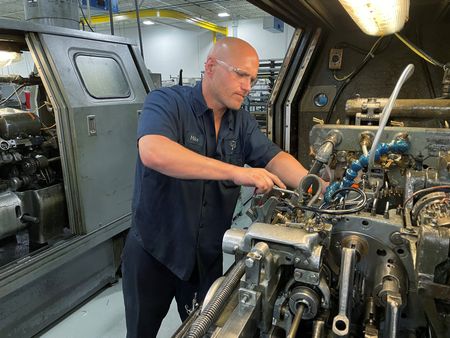WASHINGTON (Reuters) – U.S. worker productivity rebounded less than expected in the third quarter, resulting in continued upward pressure on labor costs that could keep inflation elevated.
Nonfarm productivity, which measures hourly output per worker, rose at a 0.3 annualized rate last quarter, the Labor Department said on Thursday. Data for the second quarter was unrevised to show productivity declining at a 4.1% rate.
Economists polled by Reuters had forecast productivity would rise at a 0.6% pace.
The increase was flagged in last week’s third-quarter gross domestic product report, which showed the economy rebounding at a 2.6% rate after contracting for two straight quarters.
Productivity fell at a 1.4% rate from a year ago. Large shifts in the composition of the workforce in the wake of the COVID-19 pandemic have made it harder to measure productivity.
The Federal Reserve on Wednesday raised its policy rate by another three-quarters of a percentage point to a range of 3.75% to 4.00%, but signaled future increases in borrowing costs could be made in smaller steps to account for the “cumulative tightening of monetary policy” it has enacted so far.
It was the fourth straight 75-basis-point rate hike as the U.S. central bank fights to bring inflation back to its 2% target.
Hours worked increased at a 2.4% rate in the third quarter after rising at a 2.9% pace in the second quarter.
Unit labor costs – the price of labor per single unit of output – increased at a 3.5% rate. They accelerated at a pace of 8.9% in the April-June quarter. Unit labor costs advanced at a 6.1% rate from a year ago.
Hourly compensation rose at a 3.8% pace. Compensation increased at a 4.7% rate compared to the third quarter of 2021.
(Reporting by Lucia Mutikani; Editing by Paul Simao)

